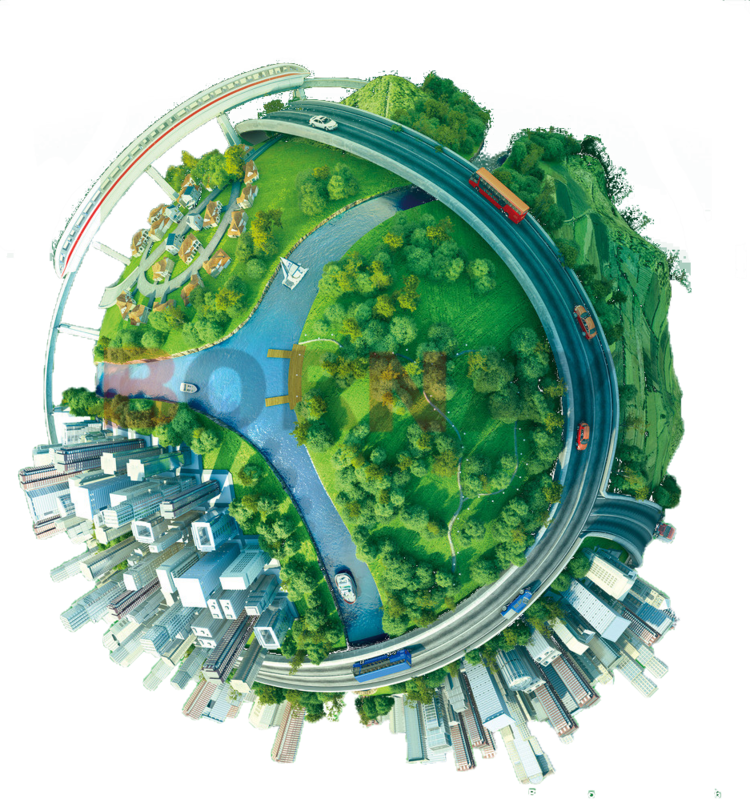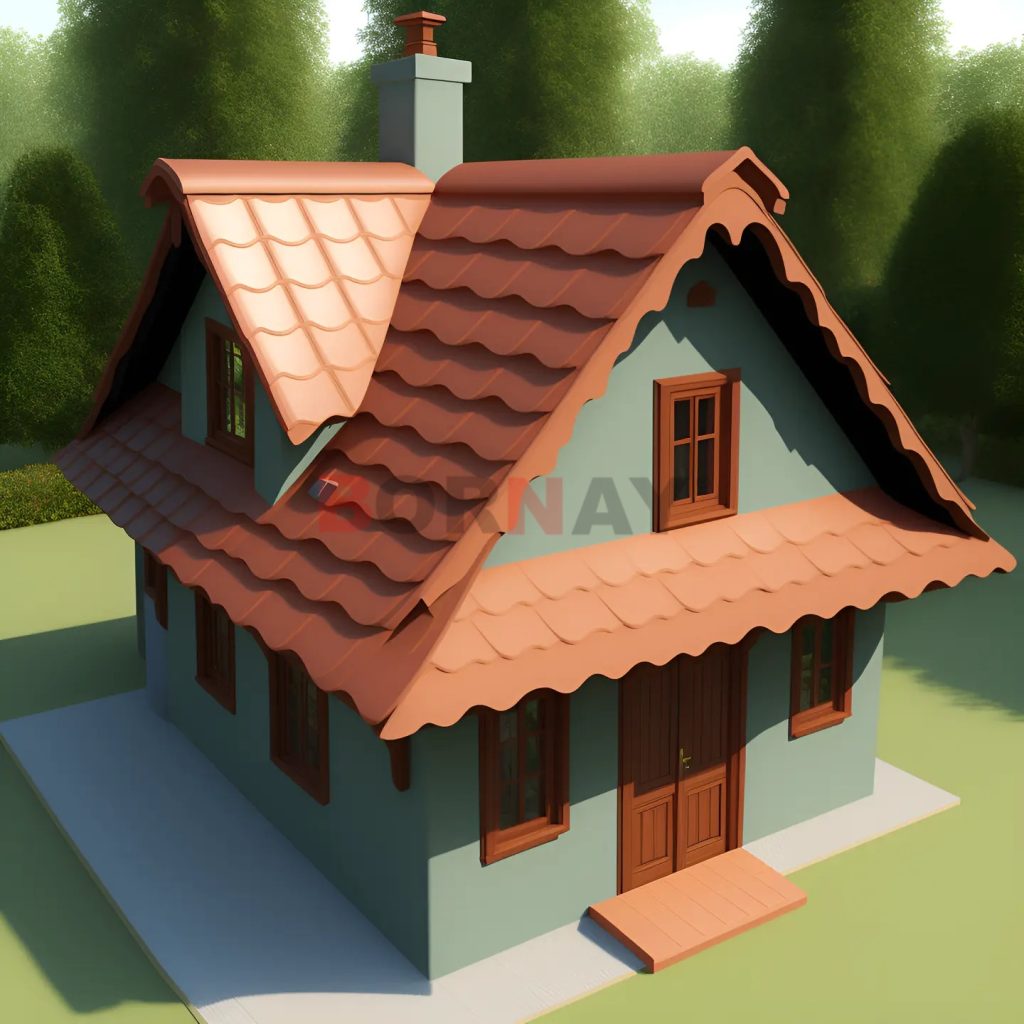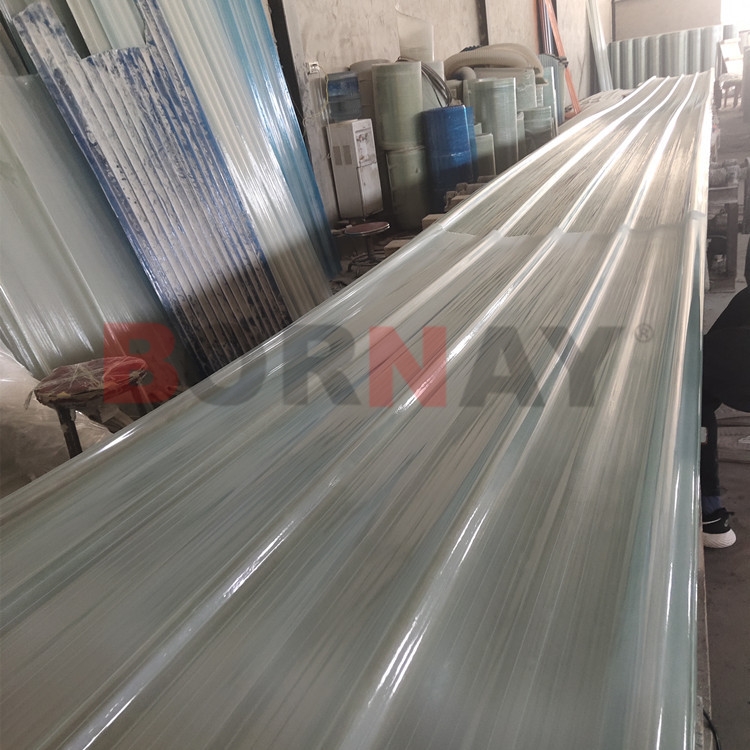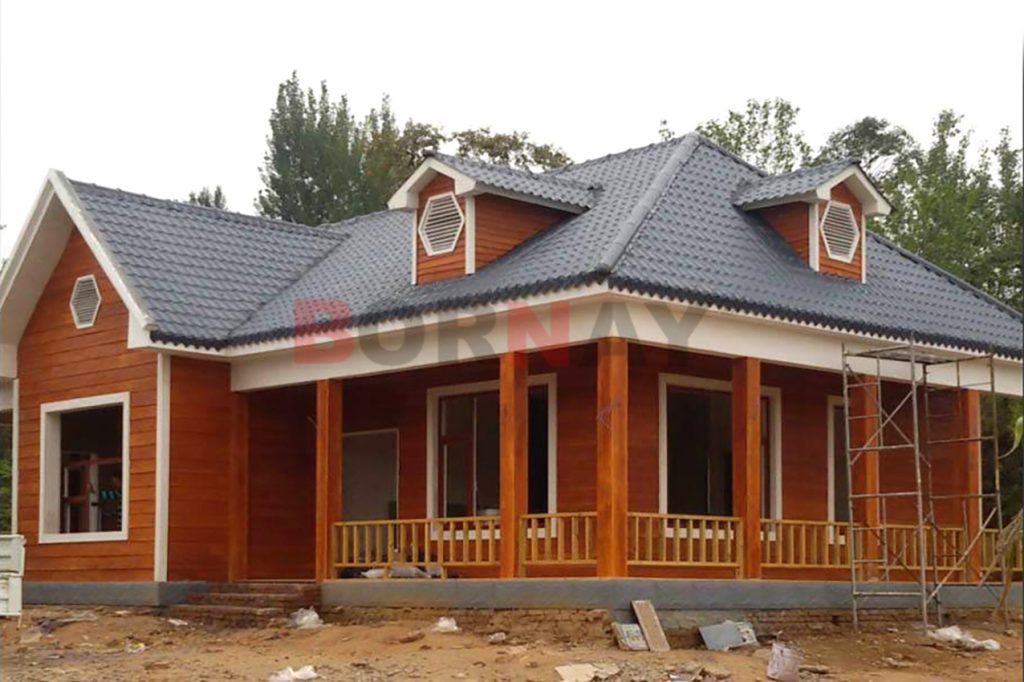Bienvenidos a Langfang-bonai
Protect the roof, protect the environment: the environmental advantages of using FRP roof panels

Introduction: In recent years, the world has witnessed a growing awareness of the need for sustainable practices in various sectors, including construction. As the effects of climate change become more apparent, architects and engineers are seeking innovative ways to minimize the environmental impact of buildings. One such solution gaining traction is the use of Fiber Reinforced Polymer (FRP) roof panels. This essay explores the environmental advantages of using FRP roof panels and highlights their potential to protect both roofs and the environment.

Reduced Energy Consumption: FRP roof panels offer superior thermal insulation properties compared to traditional roofing materials such as metal or asphalt. By effectively insulating buildings, these panels contribute to significant energy savings. Insulated roofs help maintain a stable indoor temperature, reducing the reliance on heating and cooling systems. Consequently, energy consumption is reduced, leading to lower greenhouse gas emissions and decreased dependence on fossil fuels. By adopting FRP roof panels, we take a significant step towards sustainable and energy-efficient construction practices.
Durability and Longevity: One of the most notable advantages of FRP roof panels is their exceptional durability and longevity. Unlike conventional roofing materials that deteriorate over time, FRP panels are highly resistant to corrosion, weathering, and UV radiation. This resilience translates into longer roof lifespans, reducing the need for frequent replacements and associated waste generation. By extending the lifespan of roofs, FRP panels contribute to the conservation of resources and alleviate the burden on landfills.
Recyclability and Reduced Waste Generation: FRP roof panels are composed of composite materials that can be recycled at the end of their useful life. Unlike traditional roofing materials, which often end up in landfills, FRP panels can be processed and transformed into new products or materials. Recycling FRP reduces the consumption of raw materials and minimizes waste generation. Additionally, the recycling process itself consumes less energy compared to the production of new materials. By choosing FRP roof panels, we support a circular economy and contribute to the reduction of environmental pollution.
Lightweight Construction: The lightweight nature of FRP roof panels presents multiple environmental advantages. Firstly, their lower weight reduces the structural load on buildings, resulting in cost savings during construction. Additionally, this characteristic facilitates easier transportation and installation, reducing the energy required for transportation and minimizing the carbon footprint associated with logistics. Furthermore, the reduced weight of FRP panels allows for the construction of lighter roof support structures, leading to further resource and energy savings. By embracing FRP roof panels, we promote sustainable construction practices while enhancing the efficiency of the building process.
Water Conservation: Water scarcity is a pressing environmental concern in many regions of the world. FRP roof panels, with their excellent water resistance properties, can contribute to water conservation efforts. These panels are designed to effectively prevent water leaks and seepage, protecting the building's interior from moisture-related damage. By minimizing the potential for water infiltration, FRP roof panels reduce the need for excessive water consumption in building maintenance. This water-saving feature helps preserve this precious resource and promotes sustainable water management practices.

Conclusion: As the urgency to mitigate climate change intensifies, it becomes crucial to explore sustainable alternatives in all areas of human activity. FRP roof panels offer significant environmental advantages in the construction industry, protecting both roofs and the environment. By incorporating these panels, we can achieve reduced energy consumption, extend roof lifespans, promote recyclability, facilitate lightweight construction, and conserve water resources. The adoption of FRP roof panels represents a tangible step towards sustainable building practices, demonstrating our commitment to protecting the environment while creating resilient structures for future generations.



